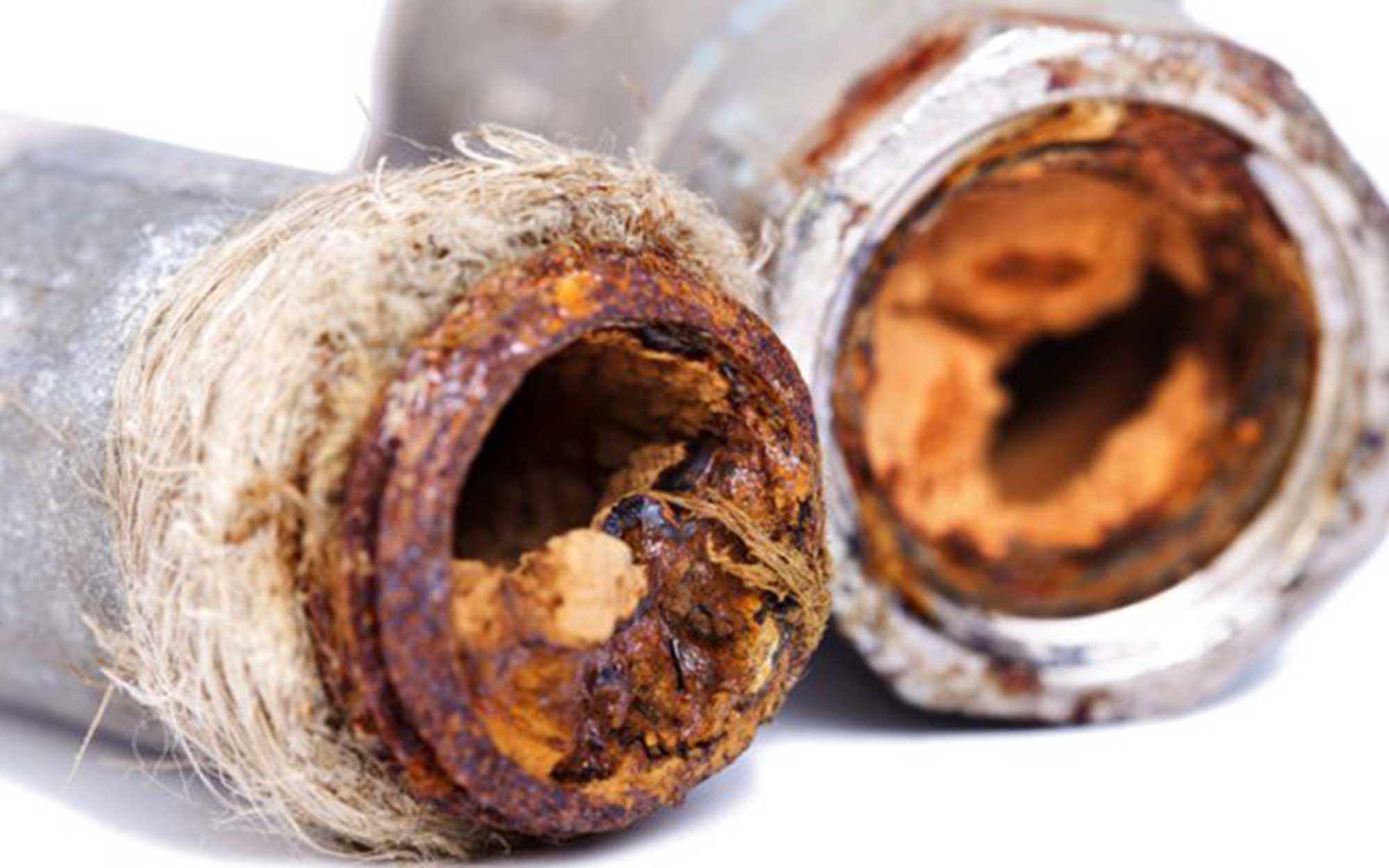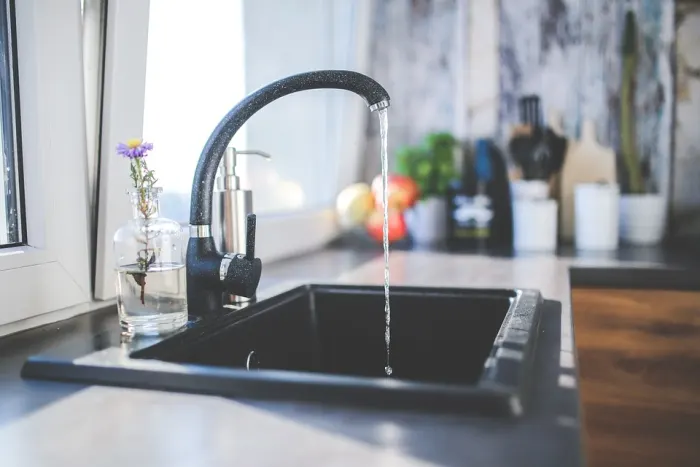Plumbing Noise Checklist
Plumbing Noise Checklist
Blog Article
How do you feel in regards to Why is My Home Making Strange Plumbing Noises?

To diagnose noisy plumbing, it is necessary to identify very first whether the undesirable audios happen on the system's inlet side-in other words, when water is transformed on-or on the drainpipe side. Noises on the inlet side have differed reasons: too much water stress, used shutoff and faucet parts, improperly connected pumps or other appliances, incorrectly placed pipe fasteners, and plumbing runs including too many tight bends or other limitations. Noises on the drain side typically stem from poor location or, as with some inlet side noise, a format having limited bends.
Hissing
Hissing sound that takes place when a faucet is opened somewhat normally signals extreme water pressure. Consult your regional water company if you suspect this trouble; it will certainly be able to tell you the water stress in your area and can mount a pressurereducing valve on the inbound water pipe if essential.
Thudding
Thudding sound, typically accompanied by trembling pipelines, when a faucet or device valve is shut off is a condition called water hammer. The noise as well as vibration are triggered by the resounding wave of pressure in the water, which unexpectedly has no place to go. Often opening up a valve that releases water quickly into an area of piping containing a limitation, arm joint, or tee fitting can produce the same condition.
Water hammer can normally be healed by setting up installations called air chambers or shock absorbers in the plumbing to which the trouble shutoffs or taps are connected. These tools allow the shock wave created by the halted flow of water to dissipate in the air they consist of, which (unlike water) is compressible.
Older plumbing systems might have brief upright areas of capped pipeline behind wall surfaces on tap runs for the exact same function; these can ultimately full of water, minimizing or destroying their efficiency. The treatment is to drain the water supply totally by turning off the main water supply shutoff and also opening all faucets. Then open the main supply valve as well as close the faucets one at a time, starting with the faucet nearest the shutoff and ending with the one farthest away.
Chattering or Screeching
Extreme chattering or shrieking that takes place when a shutoff or tap is switched on, and that usually goes away when the installation is opened fully, signals loosened or malfunctioning interior components. The solution is to replace the shutoff or tap with a brand-new one.
Pumps as well as appliances such as cleaning equipments as well as dishwashing machines can transfer motor sound to pipelines if they are incorrectly connected. Link such things to plumbing with plastic or rubber hoses-never inflexible pipe-to isolate them.
Various Other Inlet Side Noises
Squeaking, squeaking, scraping, snapping, and tapping generally are brought on by the development or tightening of pipelines, normally copper ones supplying hot water. The audios happen as the pipes slide versus loosened fasteners or strike nearby residence framing. You can typically determine the area of the trouble if the pipelines are revealed; just follow the noise when the pipes are making sounds. Probably you will certainly find a loose pipeline hanger or a location where pipelines lie so near floor joists or various other mounting pieces that they clatter versus them. Attaching foam pipe insulation around the pipelines at the point of contact need to correct the problem. Make sure bands and wall mounts are protected and supply adequate assistance. Where possible, pipeline fasteners must be attached to substantial structural components such as foundation wall surfaces instead of to mounting; doing so minimizes the transmission of vibrations from plumbing to surface areas that can enhance and also transfer them. If connecting fasteners to framing is inescapable, cover pipes with insulation or other resilient product where they contact fasteners, and also sandwich the ends of brand-new fasteners between rubber washing machines when installing them.
Correcting plumbing runs that struggle with flow-restricting limited or various bends is a last resort that must be undertaken just after speaking with a competent plumbing service provider. Unfortunately, this scenario is fairly typical in older residences that may not have been built with interior plumbing or that have actually seen numerous remodels, specifically by amateurs.
Drainpipe Noise
On the drainpipe side of plumbing, the principal objectives are to eliminate surfaces that can be struck by falling or rushing water as well as to shield pipelines to consist of inevitable noises.
In brand-new building and construction, bath tubs, shower stalls, commodes, and also wallmounted sinks as well as containers ought to be set on or against resilient underlayments to reduce the transmission of audio with them. Water-saving toilets and also taps are less noisy than conventional designs; install them instead of older kinds even if codes in your location still permit making use of older components.
Drainpipes that do not run up and down to the cellar or that branch into straight pipe runs supported at flooring joists or other mounting present especially problematic sound problems. Such pipes are huge sufficient to emit significant resonance; they likewise carry considerable amounts of water, which makes the scenario worse. In brand-new construction, define cast-iron dirt pipes (the huge pipes that drain pipes toilets) if you can afford them. Their enormity includes a lot of the noise made by water travelling through them. Additionally, prevent transmitting drainpipes in walls shown rooms as well as areas where people collect. Walls consisting of drains should be soundproofed as was described earlier, making use of dual panels of sound-insulating fiberboard as well as wallboard. Pipes themselves can be wrapped with unique fiberglass insulation created the purpose; such pipelines have a resistant vinyl skin (often having lead). Outcomes are not constantly acceptable.
WHY IS MY PLUMBING MAKING SO MUCH NOISE?
This noise indeed sounds like someone is banging a hammer against your pipes! It happens when a faucet is opened, allowed to run for a bit, then quickly shut — causing the rushing water to slam against the shut-off valve.
To remedy this, you’ll need to check and refill your air chamber. Air chambers are filled with — you guessed it — air and help absorb the shock of moving water (that comes to a sudden stop). Over time, these chambers can fill with water, making them less effective.
You’ll want to turn off your home’s water supply, then open ALL faucets (from the bathroom sink to outdoor hose bib) to drain your pipes. Then, turn the water back on and hopefully the noise stops! If you’re still hearing the sound, give us a call to examine further.
Whistles
Whistling sounds can be frustrating, as sometimes the source isn’t easily identified. However, if you can pinpoint which faucet or valve that may be the cause, you’ll likely encounter a worn gasket or washer — an easy fix if you replace the worn parts!Whistling sounds from elsewhere can mean a number of things — from high water pressure to mineral deposits. Your best plan of attack here is to give our plumbing experts a call. We’ll be able to determine where the noise is coming from and what the cause may be, then recommend an effective fix!
Cracks or Ticks
Cracking or ticking typically comes from hot water going through cold, copper pipes. This causes the copper to expand resulting in a cracking or ticking sound. Once the pipes stop expanding, the noise should stop as well.
Pro tip: you may want to lower the temperature of your water heater to see if that helps lessen the sound, or wrapping the pipe in insulation can also help muffle the noise.
Bangs
Bangs typically come from water pressure that’s too high. To test for high water pressure, get a pressure gauge and attach it to your faucet. Water pressure should be no higher than 80 psi (pounds per square inch) and also no lower than 40 psi. If you find a number greater than 80 psi, then you’ve found your problem!
Next step is to give us a call in order to install a pressure regulator. Trust us, you don’t want to wait to resolve this issue. Not only is the sound annoying, but high water pressure can be destructive to your home — including damaging certain appliances, like your washer and dishwasher.
Dripping
You might be accustom to the slow quiet drip your kitchen faucet makes. You might have even tuned out your bathroom sink dripping and drabbing all day long — but it’s time to find its cause.
A slow drip could signify a variety of easy to fix issues, such as a worn out O ring, or loose part. And by ignoring the drip, you could be wasting up to 2,000 gallons of water a year! So start conserving water — get it looked at ASAP.
https://www.pwessig.com/blog/2018/december/why-is-my-plumbing-making-so-much-noise-/

We are very intrigued by Why Your Water Pipes Are Noisy and How To Shut Them Up and I really hope you enjoyed my entry. Liked our blog posting? Please share it. Let another person locate it. Thank you for your time. Don't hesitate to check our site back soon.
Book Inspection Report this page